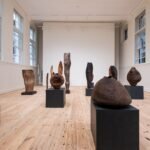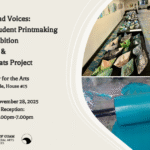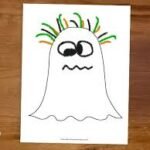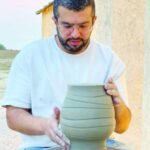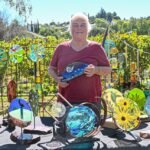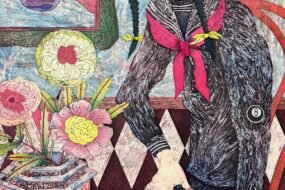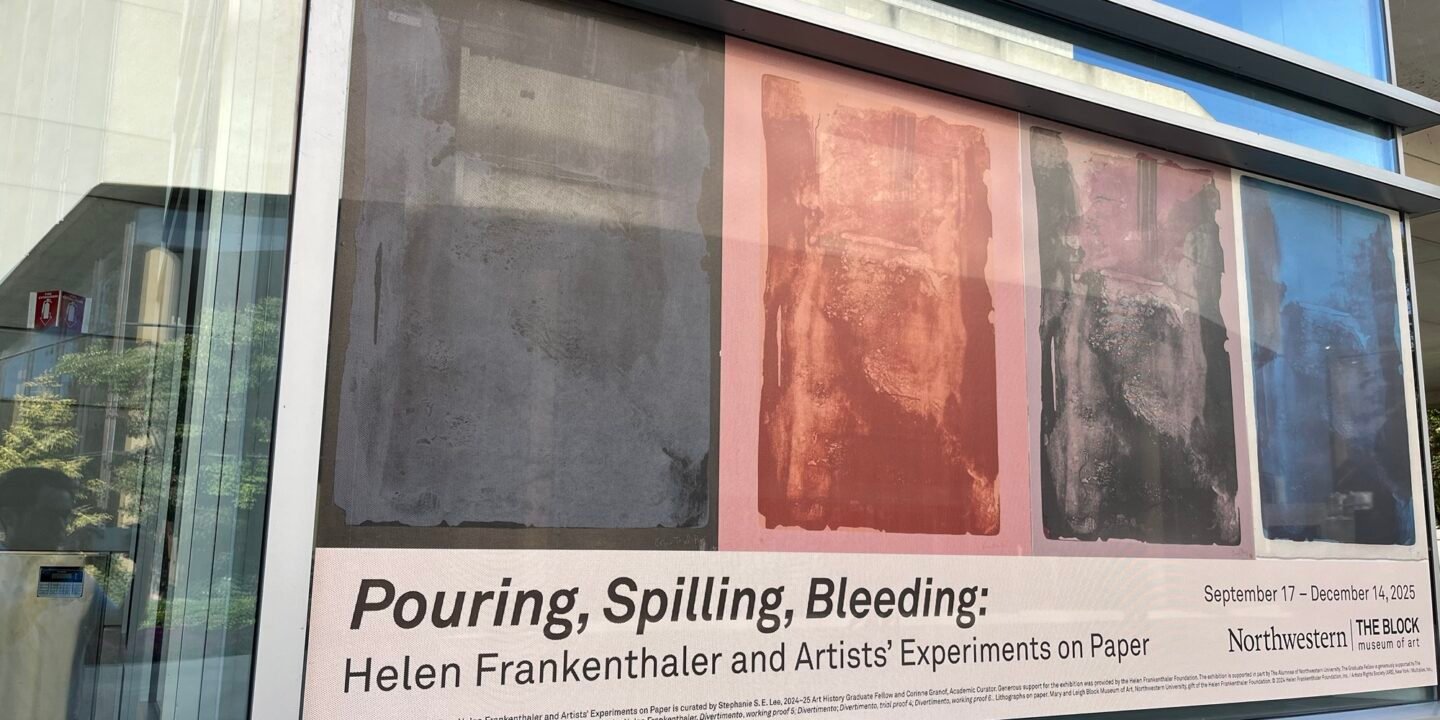
The Block Museum on Northwestern University’s campus recently opened its latest exhibit, which features work from one of the most notable artists of the 20th century.
Pouring, Spilling, Bleeding: Helen Frankenthaler and Artists’ Experiments on Paper features work by Frankenthaler and other artists of a similar style.
The exhibition’s name comes from a signature technique Frankenthaler used in her work. Her “soak-stain” approach to printmaking involved pouring thinned oil paint onto a canvas, which would have the effect of “flooding” the fabric and “bleeding” into it. Art historians have interpreted this practice to represent fluidity and change in post-World War II America.



The exhibition features 34 works gifted from the Helen Frankenthaler Foundation, including prints, lithographs, etchings and woodcuts. Other work displayed is from Frankenthaler’s contemporaries Lynda Benglis and Amy Sillman, who similarly challenged traditional practices through abstraction.
Lisa Corrin, Block Museum executive director, called the gift “transformative” in opening new doors for student research and placing works from the Block’s own collection in a new light.
“This exhibition exemplifies how a university museum can serve as a catalyst for fresh approaches to scholarship, curation and teaching,” Corrin said.
Block Museum graduate fellow Stephanie S.E. Lee and Academic Curator Corinne Granof curated the exhibition. The two collaborated on the presentation of Divertimento, a series of prints (three of which are shown above) that highlights Frankenthaler’s collaborations with other artists.
The prints also feature written notes where Frankenthaler gave feedback to her fellow artists, documenting the dialogue among the contemporaries.
The exhibition held its opening reception on Sept. 18, when students and art enthusiasts gathered to see the new display. Granof led a tour of the exhibition, and she taught the audience a little bit about Frankthaler’s work and her contributions to the art world.

The second part of the exhibition’s title is also significant, as the prints can be viewed as experiments. The soak-stain process allowed Frankenthaler and other artists to let go of their direct control over the art and allowed the fabric and paint to interact organically.
“Frankenthaler’s prints disrupt the idea that control is essential to the printmaking process,” Granof said. “This exhibition celebrates how artists represented in our collection take risks, collaborate with materials and embrace the unpredictable, on paper as much as on canvas.”
Pouring, Spilling, Bleeding: Helen Frankenthaler and Artists’ Experiments on Paper is on display until Dec. 14 at the Block Museum, 40 Arts Circle Dr. The exhibition is free. The museum will also host a series of discussions with curators, professors and students. For more information, visit museum’s website.

